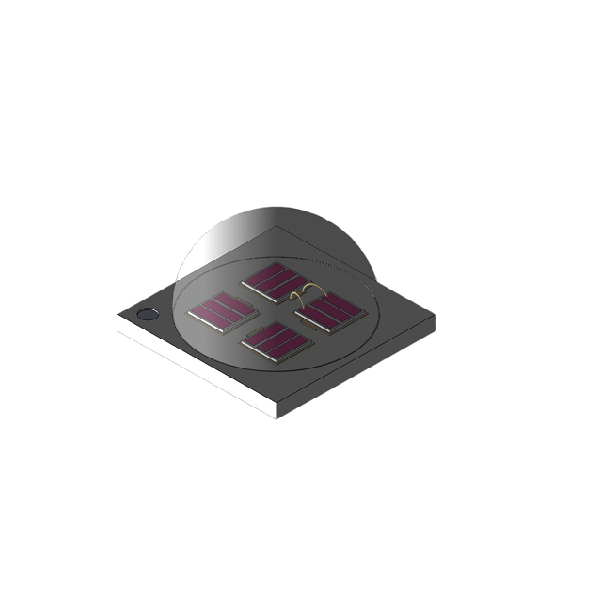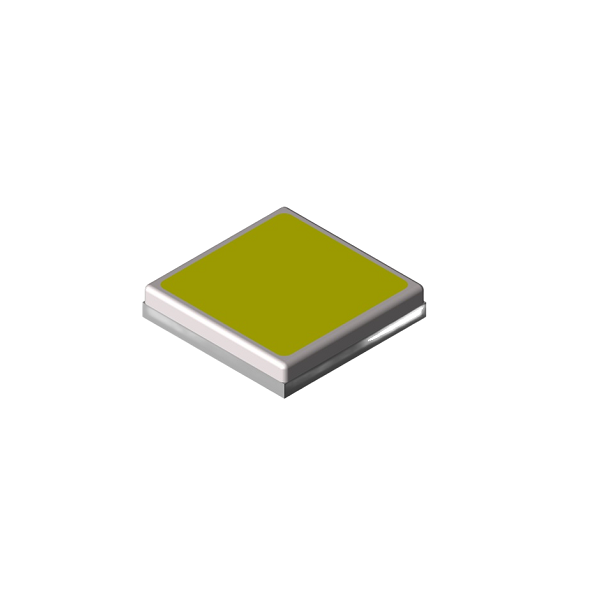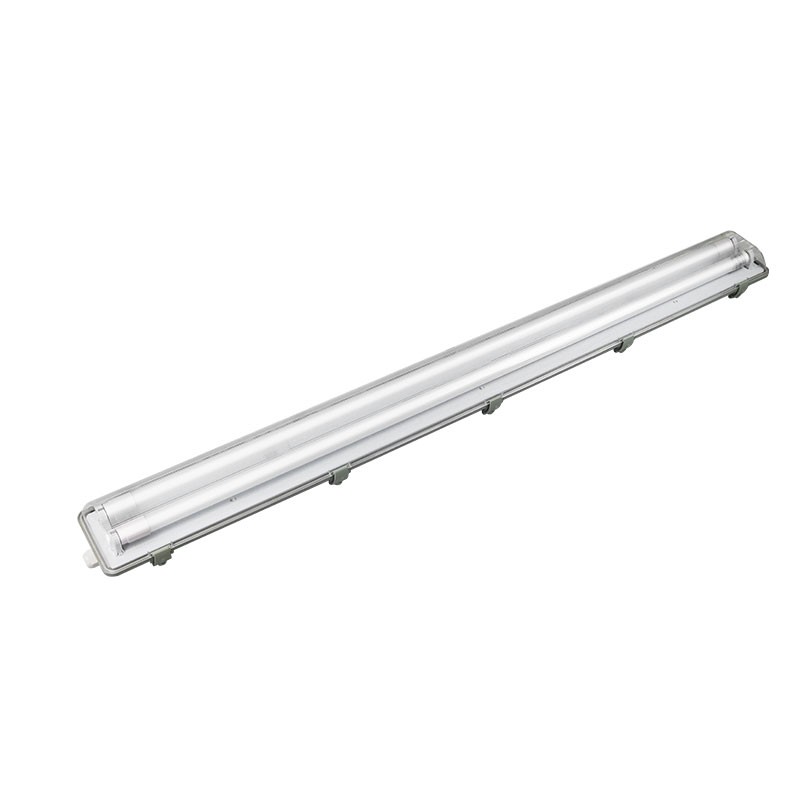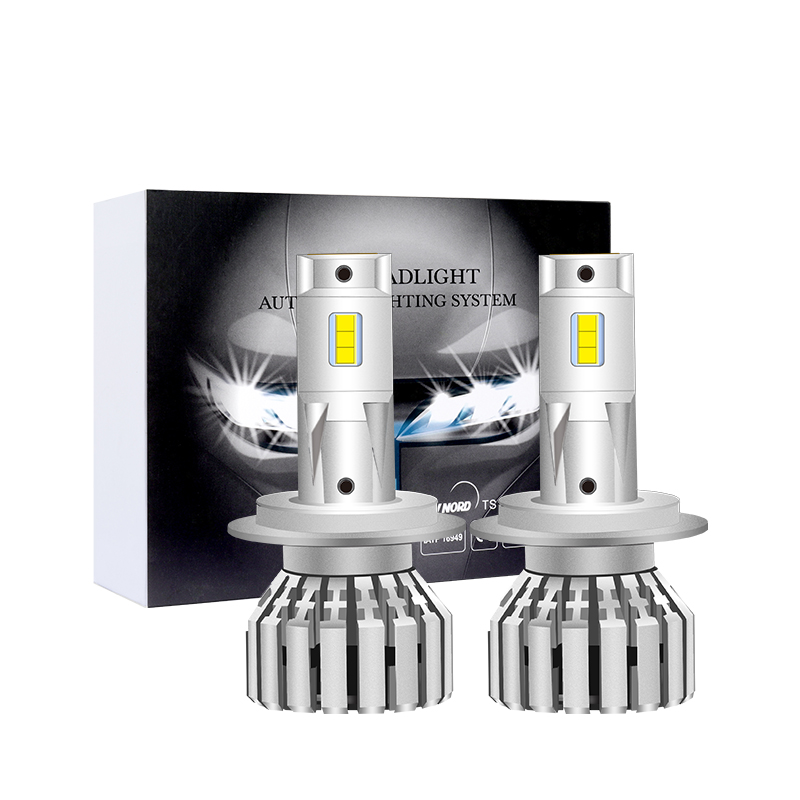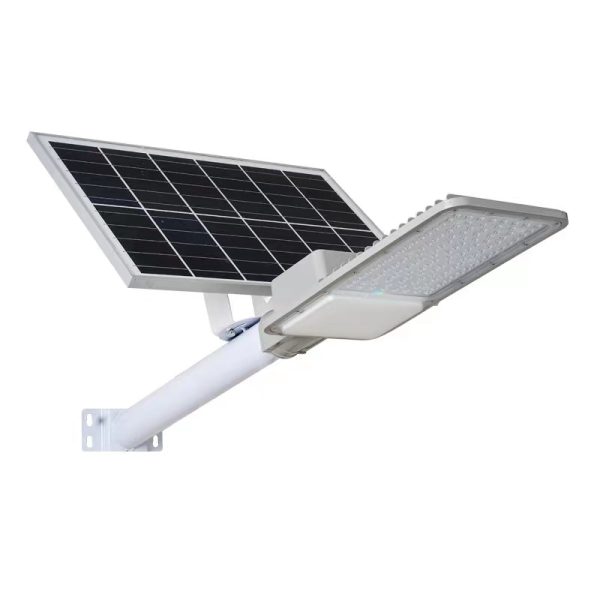The application of infrared sensors
In the realm of technology, the infrared sensor stands as a silent yet powerful tool that has revolutionized various industries. This invisible hero, often overlooked, plays a significant role in our daily lives, from ensuring our homes’ security to enhancing our entertainment experiences.
Infrared sensors, or IR sensors, operate by emitting or detecting infrared radiation to sense their surroundings. They are a marvel of modern technology, capable of detecting heat and movement, making them indispensable in numerous applications.
One of the most common uses of infrared sensors is in home security systems. They act as vigilant guards, detecting any unusual movement and triggering alarms, providing homeowners with peace of mind. Moreover, they are also used in automatic doors and light switches, adding a touch of convenience to our lives.
In the realm of entertainment, infrared sensors have transformed the way we interact with devices. They are integral to the functioning of remote controls, allowing us to change channels or adjust the volume from the comfort of our couch. In the gaming industry, infrared sensors have taken interactivity to a new level. Devices like the Nintendo Wii use IR sensors to track movements, turning physical actions into digital commands and making gaming a more immersive experience.
In the medical field, infrared sensors are used in thermometers to measure body temperature without physical contact, reducing the risk of cross-contamination. They are also used in pulse oximeters to monitor oxygen levels in the blood, providing critical data for patient care.
In the industrial sector, infrared sensors play a crucial role in automation and quality control. They are used in manufacturing processes to detect and sort objects based on their heat signatures. In addition, they are used in fire detection systems, providing an early warning and potentially saving lives and property.
In the realm of environmental science, infrared sensors are used in weather forecasting and climate change studies. They help scientists monitor temperature changes in the atmosphere, providing valuable data for research and policy-making.
In conclusion, the infrared sensor is a versatile and invaluable tool that has permeated various aspects of our lives. Its applications are vast and varied, from enhancing our home security to revolutionizing our entertainment experiences, from aiding in medical diagnoses to facilitating industrial processes, and from monitoring our environment to shaping our understanding of the world. As technology continues to advance, we can only expect the infrared sensor’s role to become even more significant, making our lives safer, easier, and more enjoyable.


